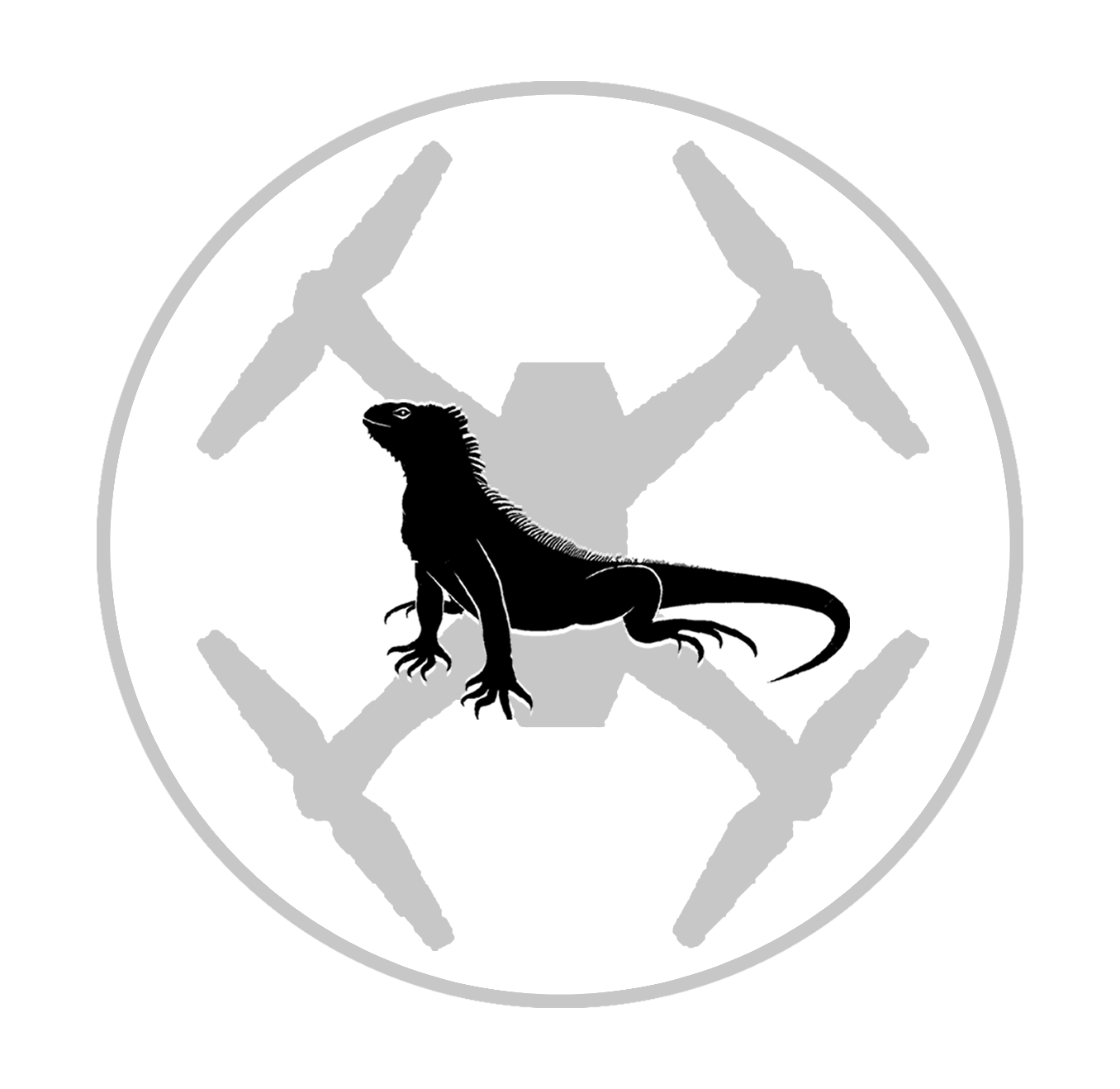We are collecting photographs from the coastlines of the Galápagos Islands. From these images, we can count marine iguanas to greatly improve their conservation – and you can help.
A brief visual overview of how the method works
Why Marine Iguanas?
The marine iguana (Amblyrhynchus cristatus) is a charismatic and endemic species of the Galápagos Islands that is threatened with extinction. The species consists of 11 subspecies, each of which is unique and important for the survival of the species as a whole. Since the marine iguana is endemic, it is not found anywhere else on earth (not even in zoos!). If it is lost from the Galápagos Islands, then it is lost forever.
Marine Iguanas are the world’s only sea-going lizard, they inspired the creation of Godzilla (there’s even a subspecies named after Godzilla!), and recent award-winning footage from the BBC’s Planet Earth 2 has laid bare their incredible battles for survival. In reality, being hunted by native wildlife like the racer snake in the film is the least of their problems, and its because of human activities that they need protection.
Conservation authorities want to help, but the problem is that marine iguana colonies are very hard to reach, and so we have never been able to collect good estimates of how many marine iguanas are left and where exactly they can be found. Without this information, effectively conserving them is very difficult (if not impossible!), and we might be losing important populations or even whole subspecies without realizing it.
How to solve the problem?

We are pioneering a solution that is both highly innovative and scientifically rigorous; this could revolutionize population surveys in the Galápagos and beyond. Our method involves using Unmanned Aerial Vehicles (UAVs, also called drones) to fly safely above coastlines. With the UAVs, we take photographs and videos of the ground below; from these images, we can count the iguanas (and other wildlife) using computers and apps. In this way, we can make marine iguana surveys quicker, cheaper, and safer than ever before. And because we can send the UAVs from boats, we can do this work with minimal disturbance to the delicate wildlife of the islands. We recently validated the method in a peer-reviewed study, available here).
As a second innovative aspect of the project, we are going to crowdsource the counting of iguanas by creating a project on Zooniverse.org (coming soon!). In parallel, we will undertake ground-based surveys in a small number of colonies to check that these new methods provide data that is as good as—if not better than—traditional methods.

Project Phases
The fieldwork has four stages:
1) The pilot project on San Cristóbal and Santa Fe islands (completed in January 2020). We are currently processing these images and comparing counts from experts and volunteers.
2) Floreana and Española islands (completed in January 2021) We are currently processing these images and will be adding a new project on Zooniverse soon.
3) Expedition to the northern Islands, as well as northern Fernandina and Isabela in a month-long voyage (completed December 2021).
4) Expedition to the central Islands in a month-long voyage (completed in January 2023.
The analysis uses three methods to count iguanas
1) via citizen science, by producing a project on the largest citizen science platform Zooniverse.org.
2) Via “expert” counts undertaken by our team and collaborating students and scientists.
3) Via machine learning
Through this work, we aim to:
- Estimate the size and location of all important Marine Iguana populations across the whole Galápagos archipelago
- Create a clear conservation management plan to ensure effective protection for all 11 subspecies
- Test and develop UAV-based protocols for further surveys in the Galápagos and beyond
- Pioneer the use of new methods of counting animals using machine-learning and Citizen Scientists
- Create and archive a large number of high-quality digital images recording the current state of the Galápagos coastlines. Such images may prove invaluable in future efforts to assess the scale of environmental change here.
